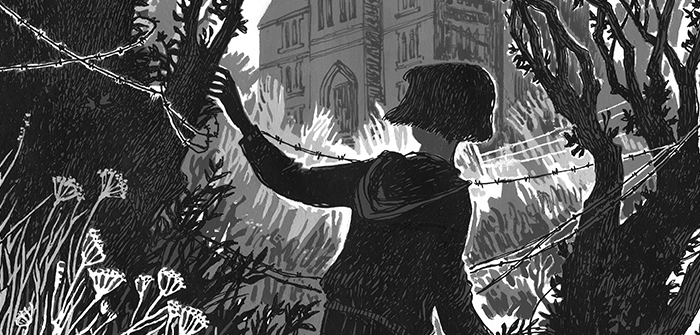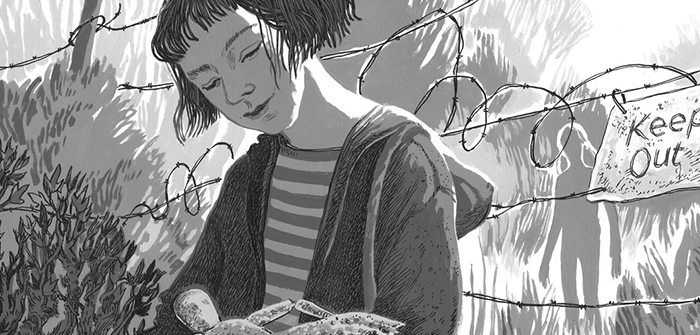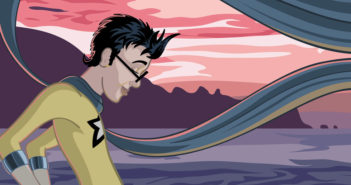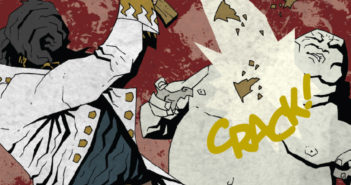Something special is lost when comic books and manga are adapted for digital platforms.
I came to acknowledge this after enjoying a renewed love of hardcopy books in 2018. It started when I received Junji Ito’s Uzumaki as a birthday gift this past February; the book’s hardcover presentation is stunning, and it left me wanting more — much more. How could I not, as I’ve grown weary of the digitalization of everything that brings me happiness in life, specifically books. Sometimes I just want to interact with physical objects: to feel the weight, turn the pages, smell the paper, and see the ink.
Granted, I still prefer the Amazon Kindle for reading prose. Using a single, lightweight tablet that’s easy to hold and manage with one hand and carry around on commutes still makes it indispensable, even if I do miss not having to charge my old paperbacks. But graphic storytelling utilizes space on the page outside the bounds of traditional, linear prose. Comics play with proportion and sequence that requires physical space that, otherwise, translates poorly onto a Kindle, iPad, or laptop. This couldn’t be truer for Pam Smy’s Thornhill.
Thornhill is a book I haven’t stopped thinking about since finishing it. I’m still thinking about the plot. I’m thinking about the art. I’m thinking about the structure. I’m thinking about the presentation. And I am thinking about what it’s like to hold such a beautiful book in my hands. Because Thornhill is a volume you want to admire on your shelf once you’re finished with it.
I never would have known the book existed if not for stopping into a random bookstore on a random Saturday. I didn’t even find the book; a friend did. He pulled it off the shelf and said it’s a cool-looking book. “Hey, you really like books written as diary entries, don’t you?” He was right. I think epistolary storytelling is addictive. If done well, it gives your imagination a true voyeuristic experience; it’s a powerful tool to intimately learn about characters and the world they inhabit. This is especially so in a story of dark fiction like Thornhill, where you sometimes wonder if you should continue on, else putting yourself in danger.
There’s an esoteric and forbidden aura throughout Thornhill — and the secrets held within are desperate. There are two main characters: present-day Ella (who only appears in wordless illustrations) and the prose diary entries of Mary, a mute orphan living in the girls’ foundling home of Thornhill. Though it’s never overtly stated, I assume the gothic mansion is in England somewhere, because where else does a moody mansion truly belong?
The desperation in Thornhill is one of belonging, and how that’s sometimes impossible to achieve. Make no mistake: if you’ll learn anything from this book, it’s that, sometimes, bad things happen to good and innocent people, and even deeper darkness grows from that.
Am I being vague enough for you? I hope so, because I don’t want to run the risk of giving anything away. Thornhill is a book you’d best sit down and read as quickly as possible to get the full, visceral effect. It’s a large book, but a breezy and enjoyable one to read.
It’s hard to believe that the cashier told me she was happy I was buying to book, because the store was getting ready to send it back the following week due to lack of sales. I’m grateful that didn’t happen, because Thornhill is a dark and beautiful book well worth owning and experiencing.





